Great exhibitions
An autumn full of culture
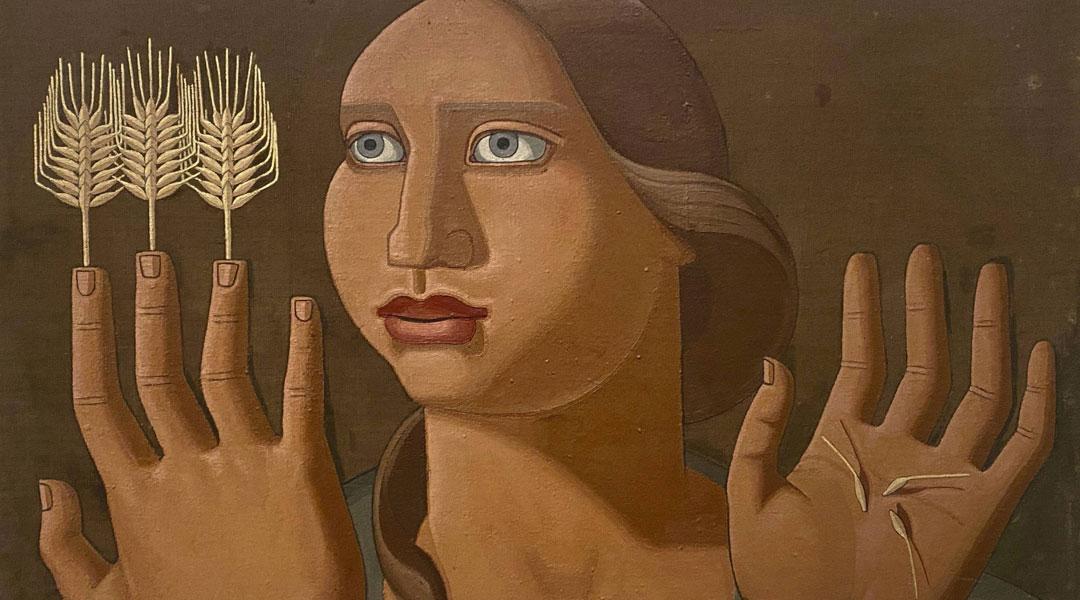
The best Spanish museums update their exhibitions for autumn and offer a varied selection: from fascinating exhibits featuring Juan Uslé, Maruja Mallo or Juan Muñoz to impactful projects by John Akomfrah or Sky Hopinka, including masters like Picasso and Klee or Warhol and Pollock. A cultural start to the autumn term that offers aesthetic delights and room for reflection.
With the arrival of autumn, Spanish museums update their offerings to continue attracting thousands of visitors. In this case, this cultural start to the autumn term in spaces such as the Museo del Prado, the Museo Reina Sofía, the Museo Thyssen-Bornemisza and the Guggenheim—institutions that have Iberia’s support—will feature big national and international artists. Therefore, the monographs dedicated to Spanish artists Maruja Mallo, Juan Muñoz or Juan Uslé will be must-visit events for art lovers, in the same way that exhibitions will bring together masters like Pablo Picasso and Paul Klee on the one hand, and Andy Warhol and Jackson Pollock on the other. We must also highlight the arrival of the work of Portuguese artist Maria Helena Vieira da Silva, or the presence of leading contemporary artists like John Akomfrah, Sky Hopinka or Mark Leckey.
Museo Nacional del Prado
On the 18th of November, the Museo Nacional del Prado will open the exhibition Juan Muñoz. Historias de arte (until the 8th of March), the star of its new season. This artist from Madrid, who passed away in 2001 after receiving the National Award for Plastic Arts, was one of the most well-renowned Spanish artists internationally during the last decades of the 20th century. The theatrics of his sculptures, where different characters seem to interact with each other—and with the audience—, will share the same space as paintings from two of his great role models: Diego Velázquez and Francisco de Goya.
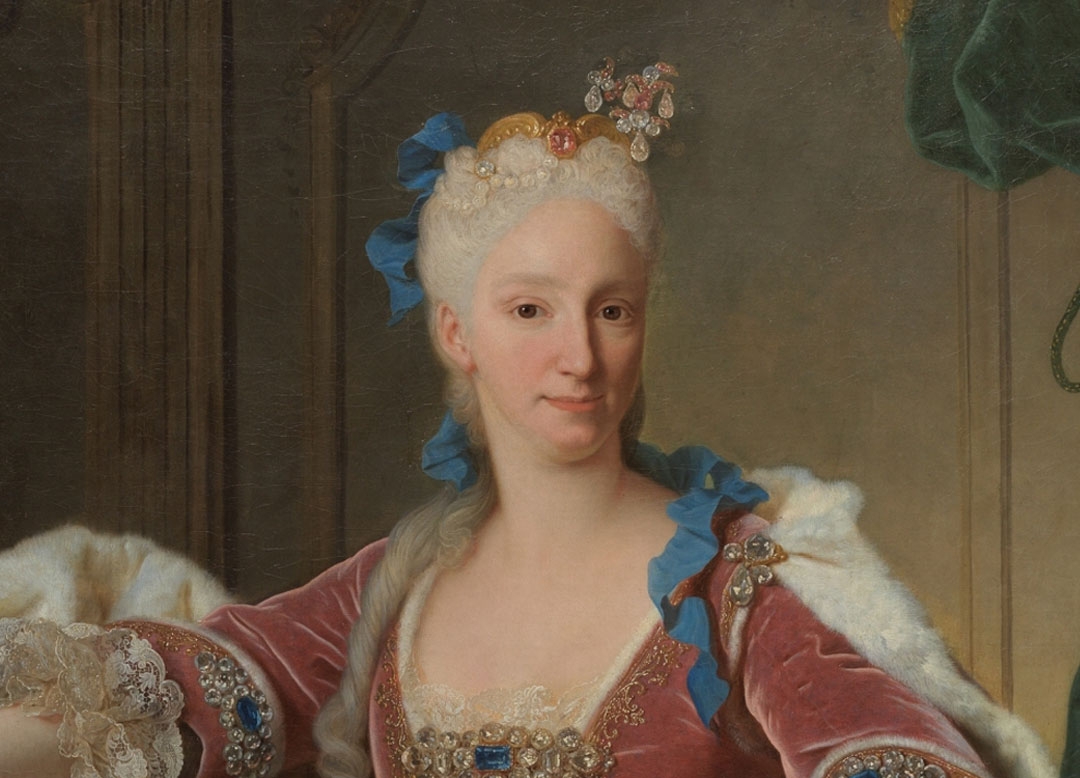
‘The Female Perspective’ focuses on the work of Elisabeth Farnese as a patron. © ‘Portrait of Elisabeth Farnese’ (detail), Jean Ranc / Museo Nacional del Prado
Whoever is eager to learn more about the figure of Anton Raphael Mengs (1728-1779) cannot miss the monograph (25th of November-1st of March) dedicated to this painter born in Bohemia. The exhibition will bring together around 150 works, including the fresco Jupiter Kissing Ganymede. The third edition of The Female Perspective (1st of December-24th of May), focusing on women as patrons, will also open soon. On this occasion, the itinerary focuses on Queen Elisabeth Farnese, responsible for collecting hundreds of masterpieces by artists such as Ribera, Van Dyck or Murillo, among others.
Museo Nacional Centro de Arte Reina Sofía
She is one of the greatest Spanish artists of the 20th century. And one of the main figures of the Generation of 1927 alongside Salvador Dalí, María Zambrano, Federico García Lorca, Rosa Chacel or Luis Buñuel. She also represented a group of artists who, in a pioneering way, collectively presented a female worldview. Do you know who we’re talking about? Maruja Mallo (1902–1995). The exhibition Mask and Compass (8th of October-16th of March) presents the career of one of the most transgressive and influential figures of the 20th-century avant-garde. From the surrealist compositions of her early years to the geometric configurations of her latest works, this is a wonderful opportunity to discover—or rediscover—this great artist.
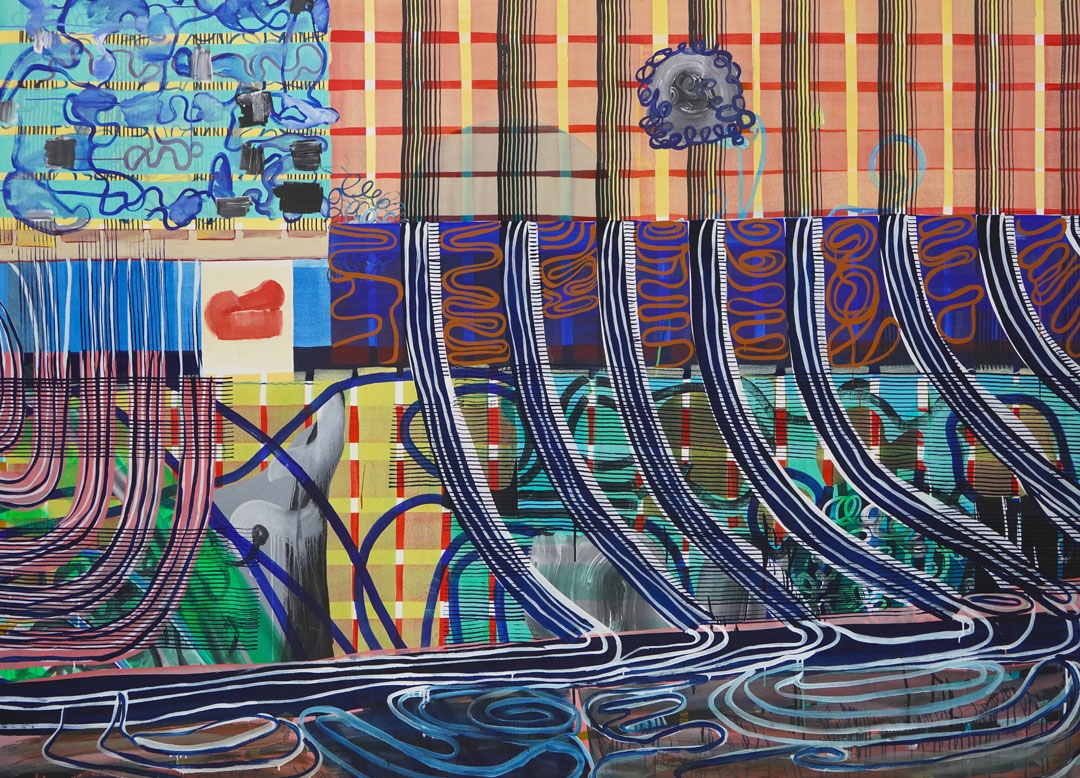
The Museo Reina Sofía will go over the acclaimed career of painter Juan Uslé from Santander. © ‘The Little Human Element’, Juan Uslé / Museo Nacional Centro de Arte Reina Sofía
That Ship on the Mountain (25th of November-20th of April) is the title of the exhibition that will dive into the more than 40-year career of Juan Uslé (1954), reflecting on his turn toward a more lyrical and silent abstraction. Undoubtedly, one of the most relevant Spanish painters of today. The museum will also receive the most acclaimed Parisian-born Spanish filmmaker of 2025: Óliver Laxe (1982). His latest film, Sirāt, won the Jury Prize at the Cannes Film Festival and will represent Spain at the Oscars. Dance as if no one were watching you (17th of December-20th of April) will bring together a selection of pieces by the author that explain the complexity and richness behind his films.
Museo Nacional Thyssen-Bornemisza
Warhol, Pollock and other American spaces (21st of October-25th of January), this is the name of the exhibition where the Museo Nacional Thyssen-Bornemisza brings together two of the 20th century’s indispensable artists: Andy Warhol (1928-1987)—the charismatic star of pop art—and Jackson Pollock (1912-1956)—the greatest proponent of dripping, a technique based on dripping paint on canvas—. The exhibition will also include the works of other artists from this same period who shared an interest in changes in pictorialism and a fascination for large formats.
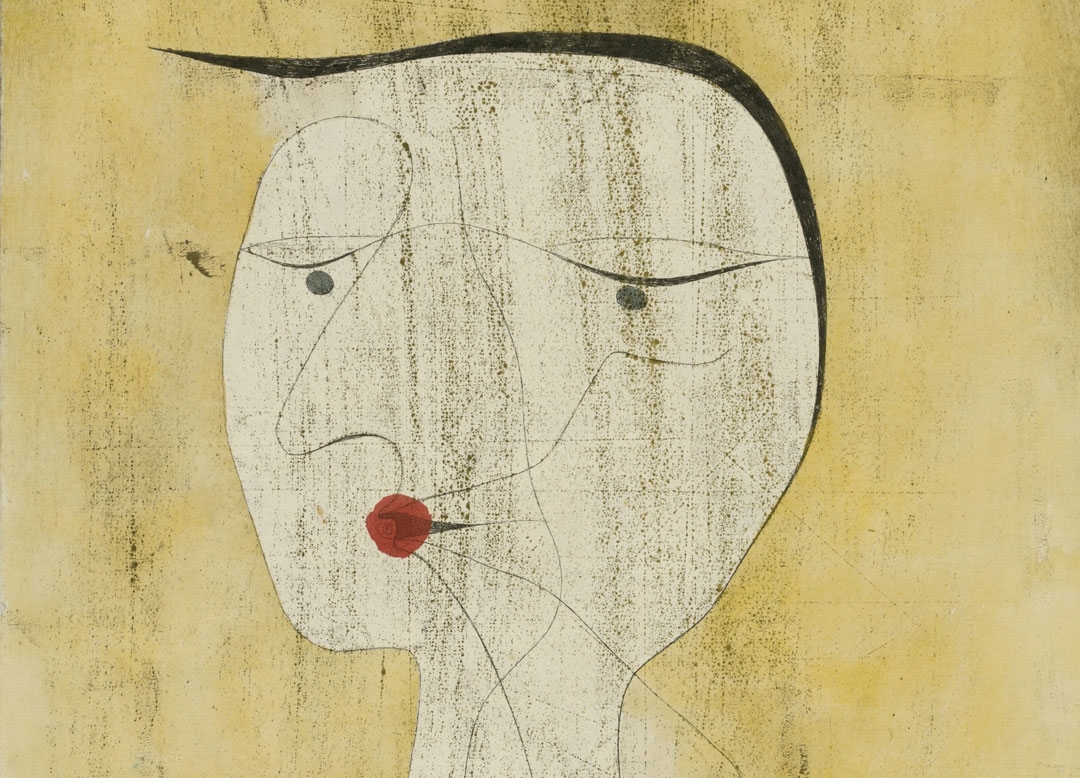
The works of Paul Klee will be in conversation with Pablo Picasso’s pieces at the Museo Nacional Thyssen-Bornemisza. © ‘Sealed Woman’, Paul Klee / Photo: Jens Ziehe / Museo Nacional Thyssen-Bornemisza
The exhibition Picasso and Klee in the Heinz Berggruen Collection (28th of October-1st of February) will also strike up a conversation between the works of two great artists: Paul Klee (1879-1940) and Pablo Picasso (1881-1973). Despite having opposing personalities and belonging to very different worlds, they shared themes and strategies—like their tendency to twist shapes and bodies—which will be reflected in the four sections in the exhibition: Portraits and Masks, Sites, Things and Harlequins and Nudes. Also, the 4th of November will see the opening of Listening All Night To The Rain (until the 8th of February), the most ambitious exhibition by John Akomfrah (1957), the British artist known for covering themes like memory, race or immigration with his video installations.
Museo Guggenheim Bilbao
The particular urban landscapes of artist Maria Helena Vieira da Silva (1908-1992), where the line between reality and imagination is blurred, will land at the Bilbao Guggenheim Museum. The exhibition, called Anatomy of Space (16th of October-22nd of February), is grounded in a selection of key paintings showing the abstract forms and optical illusions typical of her work. From the decorative geometry of the Hispano-Arabic azulejo tiles to the chequered tablecloths found in Pierre Bonnard’s paintings, this Portuguese painter incorporates a wide range of styles and influences.
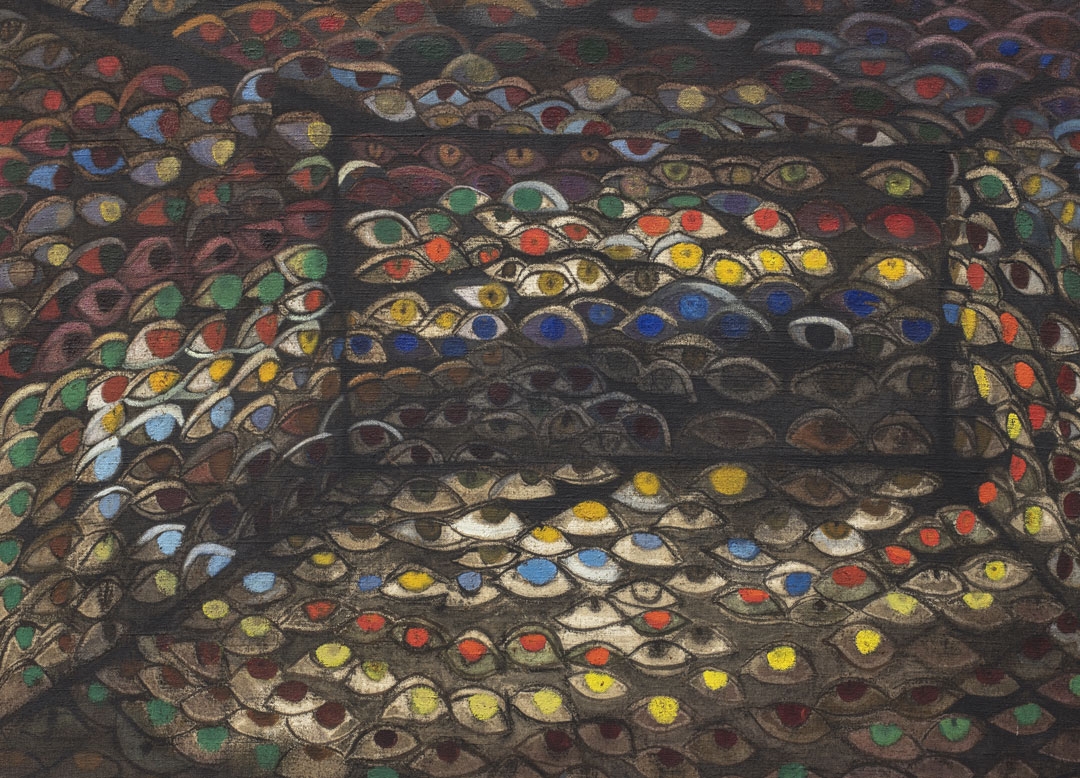
The Guggenheim Museum opens its doors to Portuguese artist Maria Helena Vieira da Silva. © ‘La Scala ou Les Yeux’, Maria Helena Vieira da Silva / Photo: Jacques Faujour / Museo Guggenheim Bilbao
A member of the Ho-Chunk Nation of Wisconsin, visual artist Sky Hopinka (1984) explores Indigenous culture, history, and traditional beliefs through films with an ethnopoetic approach. In Fainting Spells (until the 18th of January), he explores the creation story of a medicinal plant—Xąwįska, or Indian Pipe Plant, also known as ghost flower or corpse plant—which is used by his people to revive those who have fainted. Another contemporary artist who will visit the museum is the Brit Mark Leckey, winner of the Turner Prize in 2008. He will do so with in situ (14th of November-12th of April) which will allow the public to discover his work, based on found objects and inspired by elements from pop culture.
After going over the main exhibitions of the season, now it’s time to choose. Which ones will you go to see?


